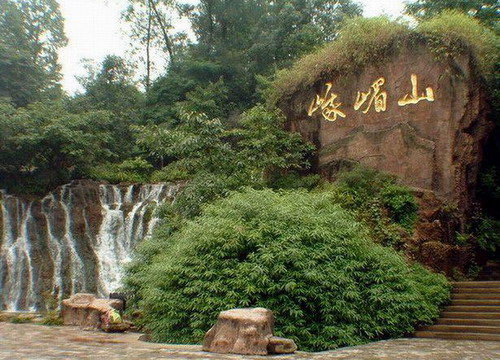Wolong Nature Reserve

Located in Wenchuan County of Sichuan Province, and covering an area of 200 thousand hectares, the Wolong Nature Reserve is a key nature preservation area designed primarily to protect and reproduce the grand panda. In 1982, it was admitted by the UNESCO to be part of "the International Reserve Net of Man and Biosphere." Lying on the complicated land formations of transition area from the Qinghai and Tibet Plateau to the Sichuan Basin, and with a cool climate, it's endowed with favorable conditions for the preservation and reproduction of a number of living beings.
In the Reserve, there are over 4,000 species of plants, which have a very conspicuous vertical spectrum of vegetation. It differs with different elevations above sea level. Located 1,155-2,070 meters above sea level is the belt of broad-leaf trees; 2,070-2,500 meters, mixed broad-leaf and coniferous trees; 2,500-3,800 meters, coniferous trees with fir as the main plant; over 3,800 meters, high mountain grassy marshland; more than 4,400 meters, shifting stone shoals, with only snow lotus and a few other plants; over 4,600 meters, nothing but snow.
The Wolong Nature Reserve is gifted with numerous types of ancient and precious and rare trees, some of which were imported, i.e. Japanese larch, the U.S pine, European dragon spruce etc. Among the floras are over 200 kinds of medicinal materials including the most famous ones: the bulb of fritillary, the tuber of elevated gastrodia, Chinese caterpillar fungus, the bark of eucommia etc. It abounds in bamboos which are the favorite feed of the grand panda.
The Wolong Nature Reserve is also a world of flowers. Fifteen types of azalea have been discovered. In autumn, myriad blossoms and tree leaves of various colors decorate the mountains and forests like a series of brilliant and colorful paintings.
In the Zone there are 100 species of mammals and over 200 types of birds, in addition to the fish, amphibious animals.




